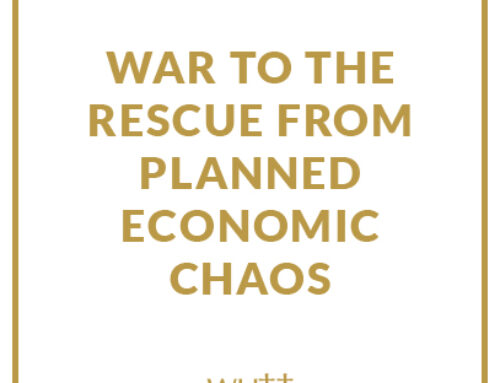Sovereign Bond Proliferation Makes Them Risky, Says UK Professor …All the King’s horses and all the King’s men…

Hats off to Professor Persaud, who does not use the terms, “bubble” or “scam” as this author does in referring to US debt, but who hits to the quick of why “sovereign” bonds are grossly overvalued. Persaud refers to these euphemistically as “exotic assets”. The result of over-inflated trillions of dollars of bonds, paying interest ranging from “very little to nothing at all,” will be devastating. Avinash Persaud is a non-resident, senior fellow at the Peterson Institute and Emeritus Professor of Gresham College in the UK. He writes primarily about Euro debts, but includes US and UK bonds, stating:
“Exotic assets, and the crippling losses that big and indispensable financial institutions suffered after buying too many of them, bore much of the blame for the last financial crisis. The next one might have a more paradoxical cause. Instead of being overexposed to assets of dubious provenance, many of the same institutions may be buying too many of the assets that the authorities deem safe.”
Professor Persaud continues, “Regulators are forcing the holders of $100tn (yes, that is 100 trillion dollars) worth of assets the world over to buy debt from the most creditworthy issuers: companies and sovereigns with pristine credit histories, which comfortably generate enough cash to cover their obligations.”
The result is “…corralling a huge amount of capital into a narrow band of the market drives prices to perilous highs. Even if these assets were safe to start with, the enforced concentration is enough to make them risky.”
He explains how the once ultra-safe has become the most overpriced asset on the planet because central banks have competed with investors to buy “sovereign” bonds with printed money, bidding up the price (thus driving interest rates down) to levels where the bonds lose thier semblance of value because they pay little or nothing.
Dr. Persaud goes on to state, “central banks in Britain, the US, Japan and now the eurozone have all conducted programmes of quantitative easing, intervening in markets to buy assets using freshly minted cash. In each case, they have favoured sovereign bonds. At the same time as regulated companies are being forced to buy these “safe” assets, then monetary authorities have been taking away large swaths of supply.”
Our own “Godfather of Bubbles“ reaches a bit further in explaining how and why the US Federal Reserve Bank of New York has purposely bid up the price of yesterday’s US debt issue, not because it covets US debt, but because it has needed to create the specter of escalating bond value. Otherwise the trillion-dollar victims would have fled the US debt market years ago. Specifically, we wrote, the Federal Reserve System (FED) creates the illusion of capital gains on past issues already held by institutional investors. Thus, these “regulators”, as Professor Persaud calls them, have created an artificial bull market that has taken 32 years to reach its present bubble stage. Many institutional buyers have continued to accumulate US debt, not for safe income but for a capital gain that make no economic sense, that is simply the result of manipulation made possible because central bankers can print the money they spend in the bond market. Dr. Persaud confirms this, and tells us that bond investors are already experiencing big losses. He arrives at this most scholarly conclusion:
“The result is unprecedented: in the world’s bond markets, almost €5tn ( five trillion Euros) of assets currently trade at prices so high that the yields on them are negative, according to data from Thomson Reuters. Among them are government bonds issued by Germany, the Netherlands, Switzerland, Austria, Sweden and Denmark, as well as some corporate bonds, such as those issued by BP and Nestlé. Longer-dated bonds issued by European governments also attract low yields; as low as 0.077 per cent, in the case of 10-year bonds issued by the German government.”

This author adds that many sovereign bonds issued by third world countries have collapsed. But perhaps never, to our knowledge, have the central banks of the world’s three major currencies, the Dollar, Euro, and Pound Sterling, all simultaneously destroyed the value of their own bond markets. Professor Persaud calls the violent shaking in the bond markets, “the tremors before the quake.” I ask. if a half-trillion dollar loss is a “tremor”, what will the “quake” feel like?
Are there any pieces of Humpty-Dumpty big enough to pick up? It is interesting that Brit James William Elliott wrote his meaningful nursery rhyme in about 1887, scant years before England’s two financially disastrous foreign invasions broke the financial back of the Empire. Borrowing led to the destruction of the Pound Sterling as the world reserve currency 46 years later. (See US Debt, The Godfather of Bubbles)
Next issue, who should we blame?
Charles E. Carlson
Notes:
Professor Persaud’ full story, The Assets made combustible when regulators call them safe, can be read on FT.com, a subscription publications, or hIs blog.
US Debt, The Godfather of Bubbles, can be read at www.whtt.org
We Hold These Truths: https://whtt.org/

